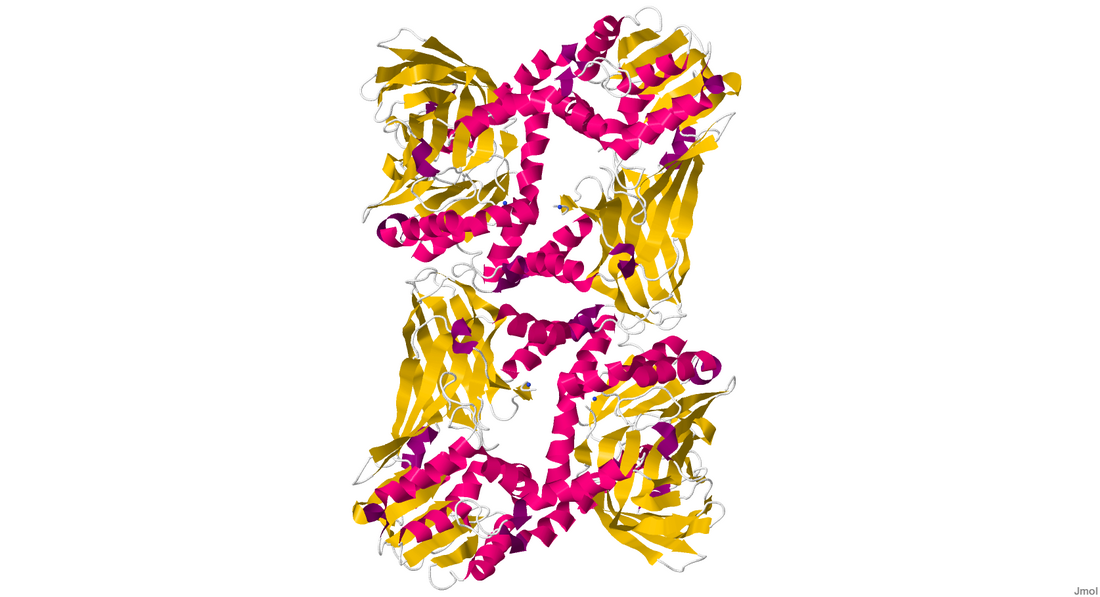Top Qs
Timeline
Chat
Perspective
CARM1
Mammalian protein found in Homo sapiens From Wikipedia, the free encyclopedia
Remove ads
CARM1 (coactivator-associated arginine methyltransferase 1), also known as PRMT4 (protein arginine N-methyltransferase 4), is an enzyme (EC 2.1.1.125) encoded by the CARM1 gene found in human beings, as well as many other mammals.[2] It has a polypeptide (L) chain type that is 348 residues long, and is made up of alpha helices and beta sheets.[3] Its main function includes catalyzing the transfer of a methyl group from S-Adenosyl methionine to the side chain nitrogens of arginine residues within proteins to form methylated arginine derivatives and S-Adenosyl-L-homocysteine.[4] CARM1 is a secondary coactivator through its association with p160 family (SRC-1, GRIP1, AIB) of coactivators. It is responsible for moving cells toward the inner cell mass in developing blastocysts.[5]
Remove ads
Clinical significance
CARM1 plays an important role in androgen receptors and may play a role in prostate cancer progression.[6][7]
CARM1 exerts both oncogenic and tumor-suppressive functions. In breast cancer, CARM1 methylates chromatin remodeling factor BAF155 to enhance tumor progression and metastasis.[8] In pancreatic cancer, CARM1 methylates and inhibits MDH1 by disrupting its dimerization, which represses mitochondria respiration and inhibits glutamine utilization. CARM1-mediated MDH1 methylation reduces cellular NADPH level and sensitizes cells to oxidative stress, thereby suppressing cell proliferation and colony formation.[9]
Remove ads
See also
External links
- coactivator-associated arginine methyltransferase 1 at the U.S. National Library of Medicine Medical Subject Headings (MeSH)
- NURSA C30
References
Wikiwand - on
Seamless Wikipedia browsing. On steroids.
Remove ads

